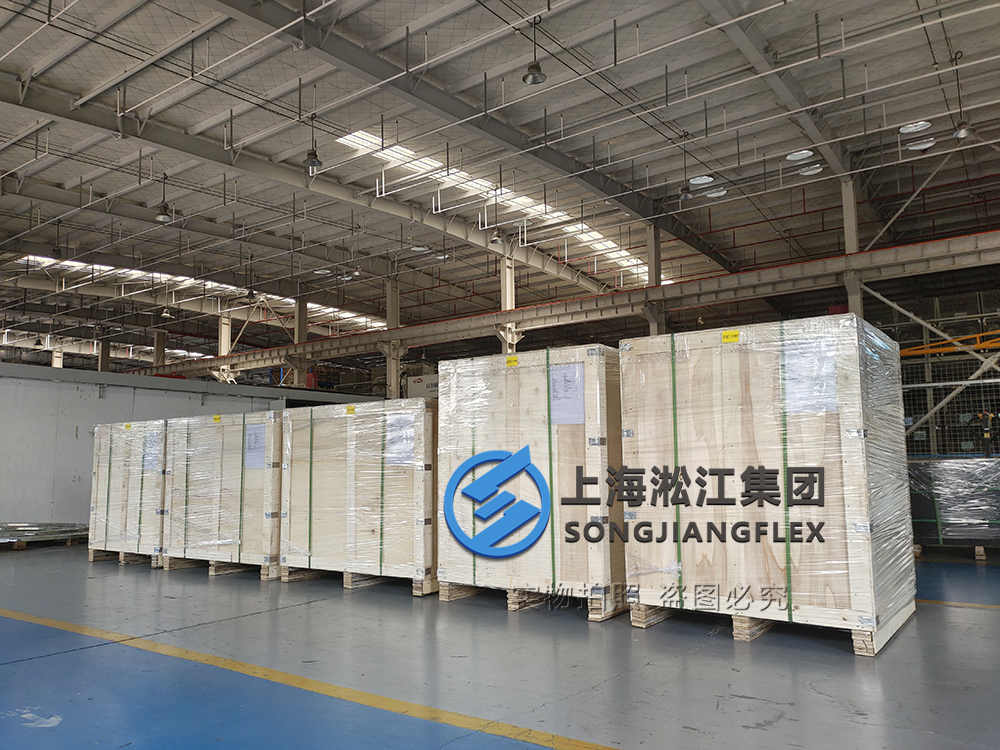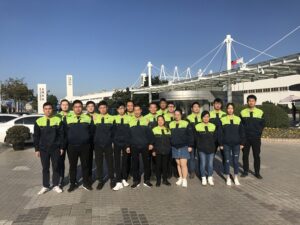Custom Spring Vibration Isolators Shipped Just Before Labor Day Holiday
Tight delivery schedules can be stressful, especially around holidays. Our client needed custom spring vibration isolators before the May Day break—we delivered right on time.
We shipped custom spring vibration isolators just before the Labor Day holiday, ensuring our client’s production line wouldn’t be delayed. At Songjiangflex, timely delivery and engineering precision go hand in hand.
Let’s explore how spring vibration isolators work and why they matter.
What are vibration isolators used for?
Vibration isolators are essential in preventing unwanted vibration transfer from equipment to surrounding structures.
Vibration isolator mounts are commonly used in machinery such as diesel generator sets, compressors, HVAC units, stamping machines, and audio equipment. They reduce wear and tear, enhance performance, and prolong equipment lifespan.
By supporting and suspending heavy loads while absorbing dynamic energy, isolators minimize noise and vibration, especially in sensitive or precision-driven environments.
What is the difference between a vibration absorber and vibration isolator?
Both systems control vibration, but their approaches differ. Absorbers neutralize vibration through counter-vibration, while isolators block the transmission path entirely.
This distinction matters when selecting a solution. For example, an air spring or a spring isolator can isolate a pump, whereas an absorber is often tuned for specific frequencies.
Knowing the difference helps buyers avoid overengineering or misapplying the solution.
Where vibration isolators are installed between mechanical equipment and metal ducts they shall have a maximum length of?
According to typical HVAC installation codes, vibration isolators installed between mechanical equipment and metal ducts should be short—usually no more than 150 mm.
We design spring isolators and flexible connectors with this requirement in mind to avoid excess resonance and ensure reliable airflow and vibration control.
This guideline ensures safe, efficient system performance and complies with international ducting standards.
How do spring isolators work?
Spring isolators operate by supporting a load while allowing controlled movement to absorb vibrations.
They lower the natural frequency of the supported equipment, reducing transmitted vibration. This is particularly effective in HVAC, generator sets, and power testing systems.
Spring coils compress under load and react elastically, which makes them ideal for isolating low-frequency vibration in heavy-duty applications.
How does an isolator work?
An isolator interrupts the vibration path between the source and its base, converting mechanical energy into heat or dispersing it.
This process reduces vibration amplitude and prevents noise from transmitting to surrounding structures. In critical installations, like anechoic chambers or precision equipment, isolators are indispensable.
Isolators can be rubber-based, air springs, or spring-type, each suited for specific frequency ranges.
How does a spring mechanism work?
A spring mechanism stores energy through deformation and releases it gradually, allowing for smooth motion control.
In vibration isolation, this property enables the system to absorb and dissipate dynamic loads. This is especially useful in machinery that starts or stops frequently, like compressors or stamping machines.
Properly selected spring constants and damping characteristics optimize isolation performance without sacrificing load support.
How do you install a spring vibration isolator?
Installing spring vibration isolators is straightforward with the right steps and alignment tools.
-
Position isolators evenly under the load points.
-
Use leveling bolts to adjust height and balance.
-
Secure mounting plates and ensure springs are not over-compressed.
-
Check for alignment and isolation clearance.
Our vibration isolation pads and mounts are designed for quick installation with minimal tools.
Summary:
Airspringo delivered custom spring isolators just in time—ensuring quality, compliance, and performance across industries.






